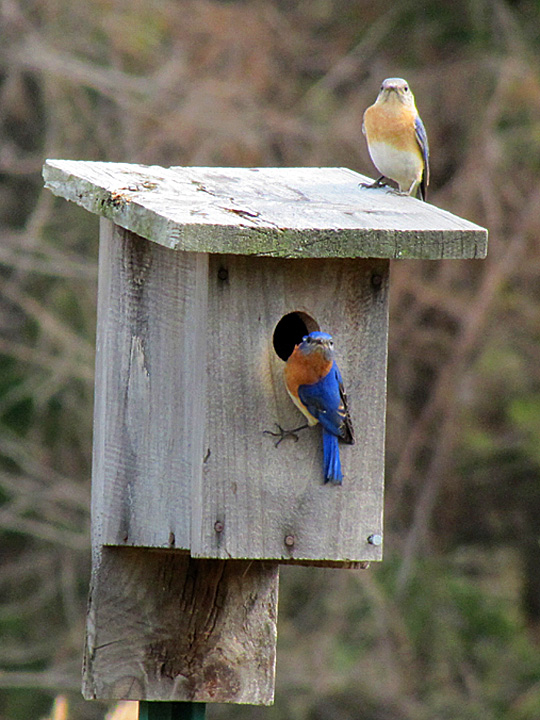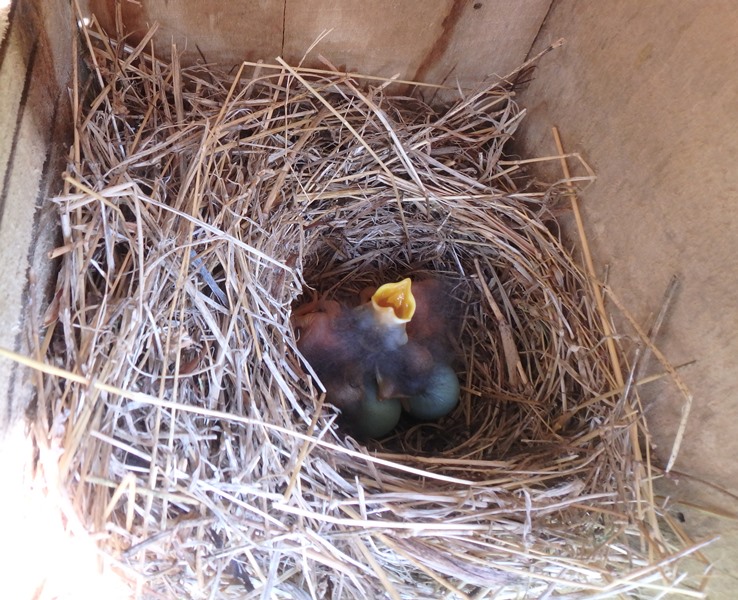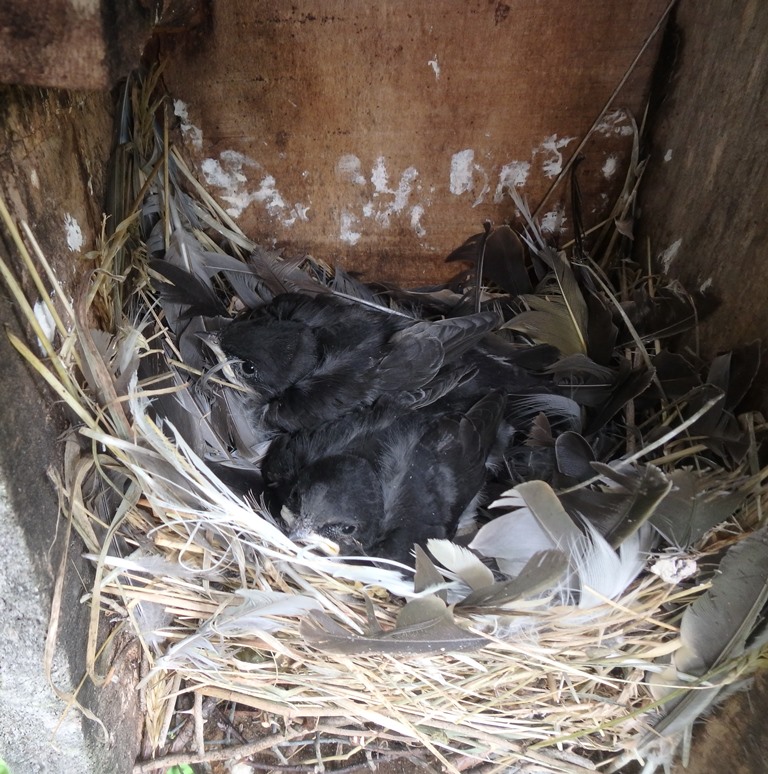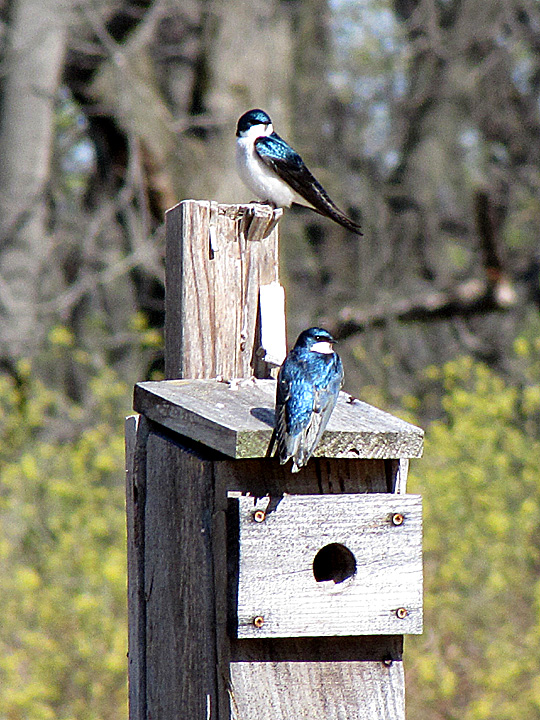Nest Box Report
by Tim Burris, Preserve Manager

Photo by Carole Mebus
I’ve received nest box reports for 15 preserves following the 2020 Nesting Season. Nest box monitoring was a great volunteer project during the Covid-19 pandemic. Volunteers generally work alone. They check the nest boxes on their “trail” each week and keep records of activity. At the end of the season, we ask them to fill out a brief report along with any comments from their season.
We had 489 boxes monitored last year. ChesLen Preserve had 85 nest boxes monitored by several volunteers. This is the preserve with the most boxes, but Binky Lee and Reineman are close behind. The earliest nesting activity was by Bluebirds at ChesLen on March 10. There were several other preserves with nesting activity in March.

Bluebird hatchlings
There were 168 Bluebird nests which produced 515 bluebird fledglings. Lee Shull, the Manager at Reineman, had 123 bluebirds fledge from his boxes. Lee has a long history with nest box monitoring and we’ve had more than a few conversations about wet springs and different nest box designs.

Tree Swallow fledglings
Tree Swallows did really well in our nest boxes in 2020. 176 Tree Swallows nested in the boxes and fledged 724 young. A lot of Natural Lands preserves have large areas of grasslands. Grasslands are a great way to transition agricultural lands to native habitats. The large grasslands favor Tree Swallows because this species likes big expanses of either water or grasses to skim above as they search for their insect food. I just love to watch Tree Swallows feeding, because they are so maneuverable in flight. Actually, I don’t know anyone that doesn’t like watching their flight.
House Wrens did well the Natural Lands’ nest boxes. They built 119 nests and produced 408 young. Each year I think the number of Chickadees using nest boxes goes up. In 2020, we had 14 Chickadee nests and 70 fledglings. Finally, a volunteer at ChesLen monitors Wood Duck boxes and recorded 22 Wood Ducks fledging there.

Photo by Carole Mebus
I’ve been monitoring nest boxes for over 35 years. I still get a lot of joy and inspiration from this simple project. I usually start prepping boxes in February and often monitor into August. I remember the first time I found a Chickadee nest in one of the boxes. It took me a couple weeks to realize that under that top layer of hair there were eggs down in the moss cup. A few years ago, I opened a box with a male Bluebird tending to his young a few days before they would fledge. There are disappointments too. Cold springs when babies die in the nest box because parents couldn’t find enough food. But, I’m still excited every time I open a nest box and find chicks that have just hatched out. Likewise, I still get a ton of satisfaction visiting a box after the young have left the box. I scan the area looking for any of the former occupants, then I remove the nest so that the box is ready to be used again.
